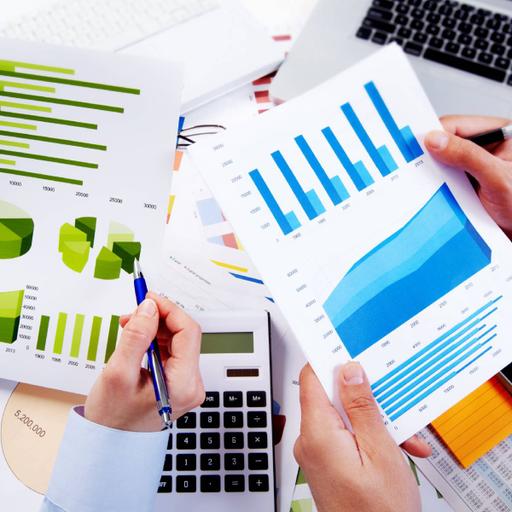Cost of Capital
Presentations | English
In economics and accounting, what is the Cost of Capital? The cost of capital is the cost of a company's funds, or, from an investor's point of view "the required rate of return on a portfolio company's existing securities". It is used to evaluate new projects of a company. Cost of capital is a useful corporate financial tool to assess big projects and investments, with the intent to limit costs. Cost of capital is a necessary economic and accounting tool that calculates investment opportunity costs and maximizes potential investments in the processes. Types of Cost of Capital are Explicit Cost and Implicit Cost, Future Cost and Historical Cost, Specific Cost, Average Cost, Marginal Cost, and Overall Cost of Capital. The cost of capital is the return a company must earn on its investment projects to maintain its market value. Flotation costs are the costs of issuing the security. The components of the cost of capital are 1) debt, 2) preferred stock, 3) common stock. Fundamental factors that affect the Cost of Capital are market opportunities, capital provider preference, risk, and inflation. Other factors include Federal Reserve policy, federal surplus, and deficit, trade activity, foreign trade surpluses and deficits, country risk, and exchange rate risk.

7.75
Lumens
PPTX (31 Slides)
Cost of Capital
Presentations | English
